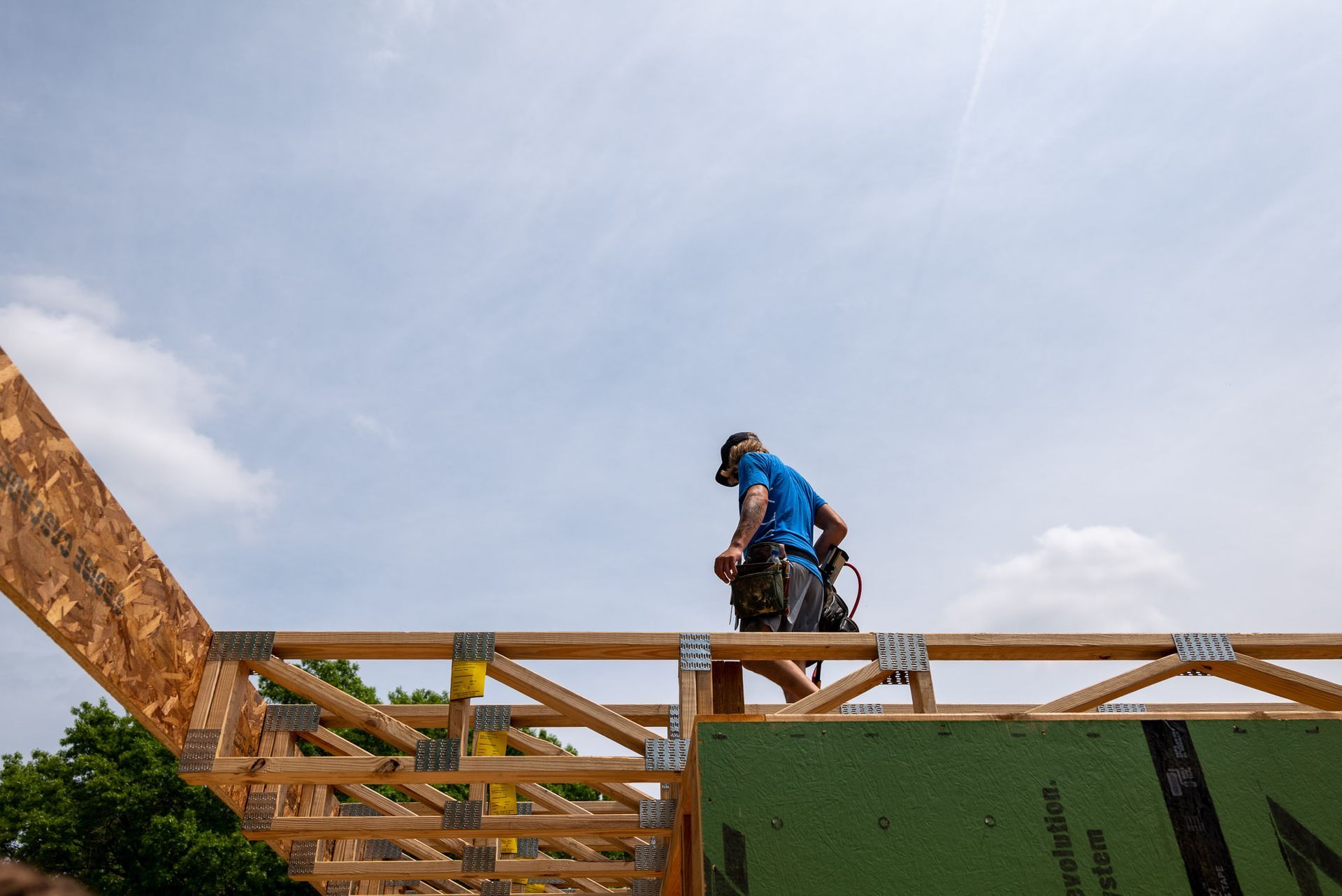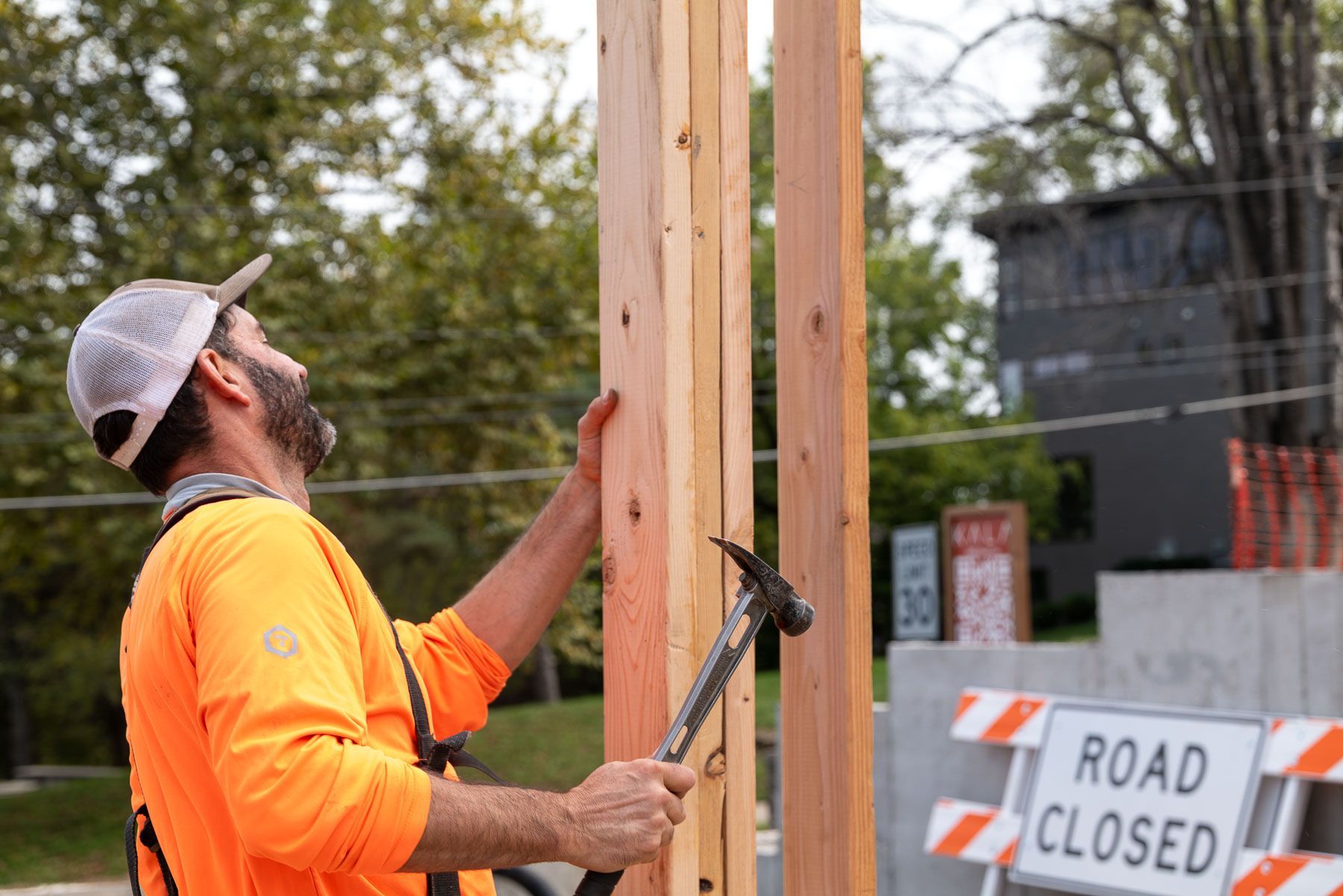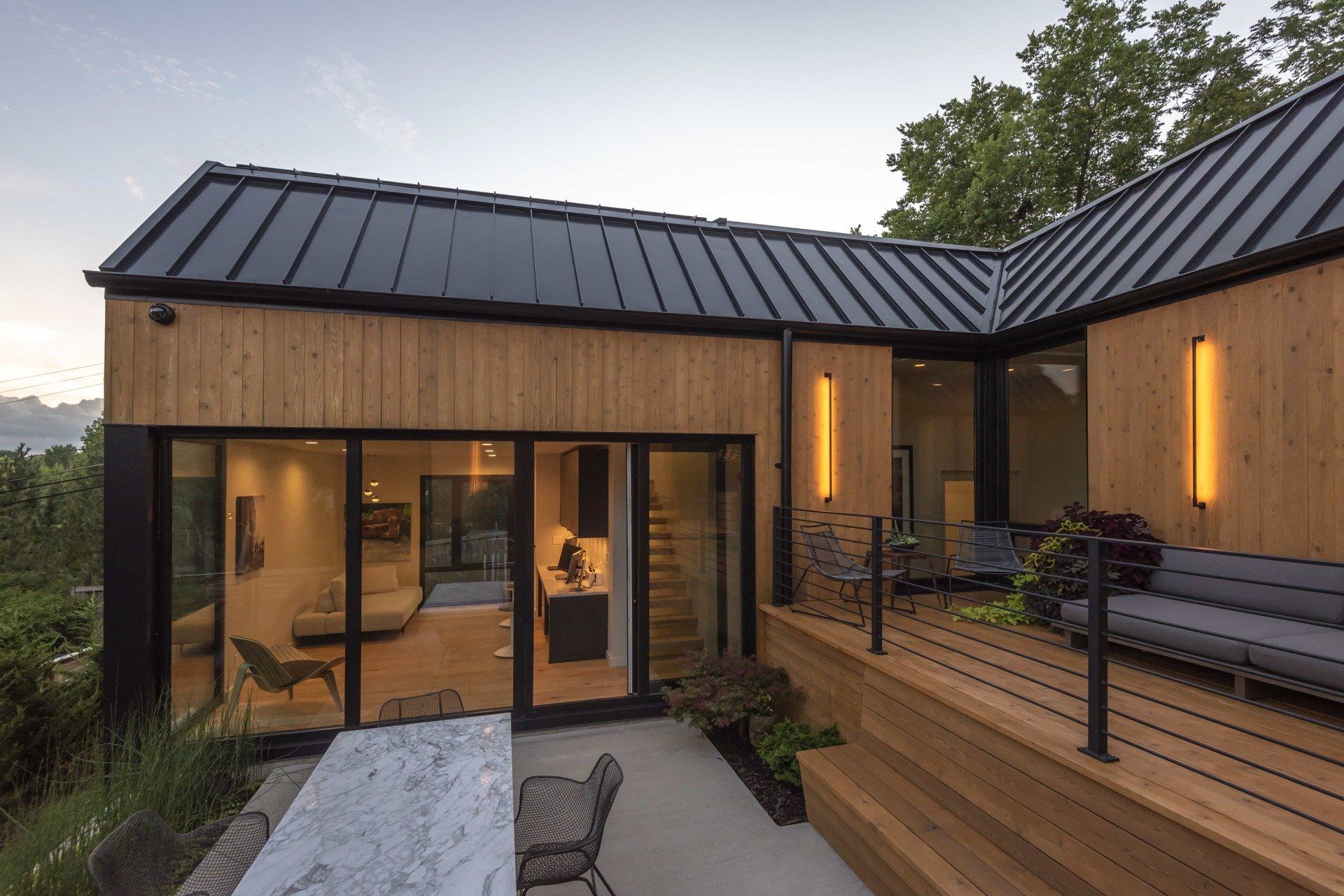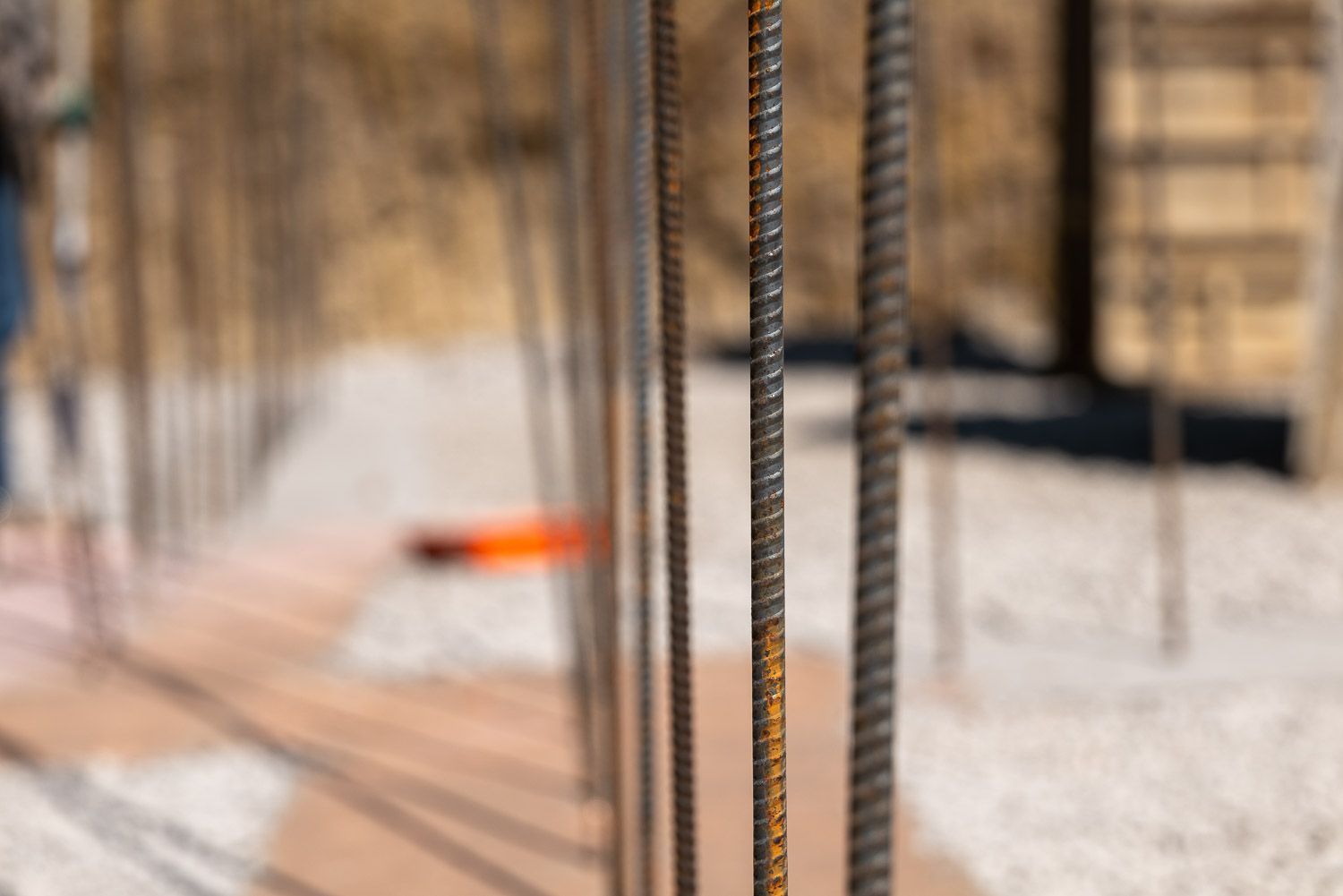The Passion Behind Passive House Building

Passion Behind Passive House Building
When it comes to Passive House construction, it’s all too easy to get bogged down in the energy saving stats, technical details, and side-by-side comparisons with traditional building. But while active and passive solar, heat pumps, and advanced mechanical systems might power a Passive House, it’s passion that fuels the process and creates a truly high-performing home.
High Performance Meets Livability
A recent episode of The Building Science Podcast featured Graham Irwin, the principal of Essential Habitat Architecture, a Northern California design firm focused on healthy, high-performance, sustainable buildings. He recounted how his passion for designing higher-quality homes was kindled by the challenge of incorporating Passive House standards into homes that are also comfortable to live in.
“As an architect, if I just took those performance metrics, I could build buildings that are thermally controlled and have good indoor air quality but are horrible to be inside,” Irwin said. “That’s not enough criteria to design a pleasant building.”
One of the other elements that contributes to the livability of a well-designed, high-performance home is the client working closely with their builder and architect to create a space that meets their day-to-day needs. “The environment feels really comfortable,” said one Kansas City homeowner. “Things flow seamlessly and it’s so easy to get around the house.”
Furthering Values Through Design
During the design phase, this couple emphasized the importance of creating a home that was as welcoming to guests as it was energy efficient. “We wanted to build community and hospitality, so we talked to our builder about different hosting areas outdoors and inside where people can feel like they're part of something, but also have their own spaces,” her husband said.
This intentional approach to furthering a family’s priorities through the layout of their home should be integral to the design process, Irwin believes.
“How does your building foster connectivity to others?” he said. “Is that part of a building’s performance? I believe that it is. Are you proud of your home? Does it express your values, and do its performance and design meet the other high standards you hold for other aspects of your life?”
After completing a retrofit of his own home, Kala managing director David Schleicher understood that there was more to the term “high performance” than he initially thought: “When I first started building homes to Passive House standards, I was attracted to the durability element. I still want to create houses that will last, but what I missed was that this approach also increases your quality of life. You can’t tell that until your first night in a home like this, when you notice how quiet it is, how well you sleep, and what it feels like to live in a house that fits your lifestyle.”
Let There Be Light
When builders brag about including south-facing windows, they often focus on the benefits that passive solar provides. This harnesses the energy of the sun to help heat your home and reduce the reliance on mechanical systems. But there’s more to including well-oriented, tightly sealed windows.
“On a clinical level, it’s all about ‘let’s make sure we get enough passive solar gain in the winter and not too much in the summer,’” Irwin said. “You can talk about that in other terms, like ‘How about a building that’s perfectly designed in context with its site?’ Can you greet the sunrise and toast the sunset?”
For the homeowner we mentioned earlier, such comfort-related considerations weren’t contradictory to a desire for sustainability in a new home, but rather complementary. “We had to do this with the environment in mind, like natural light coming in through higher efficiency windows so we’re not having energy leak in and out,” he said. “These concepts came together well in this house.”
Connecting You to the Outdoors
Irwin shared that the traditional view of building has been that a house should separate you from the elements. While the continuous insulation and watertight and airtight walls of a Passive House provide sanctuary from harsh weather, Irwin asked rhetorically, “Isn't it equally important to consider how that building can connect us to the outdoors at appropriate times?”
“During extremes of heat and cold, you want to be impervious to what’s happening,” Schleicher said. “But you should also be able to experience the beauty of the outdoors through big, thoughtfully placed windows, whether that’s watching snow falling in winter without getting cold or summer sun illuminating your living room but not making it too hot. A high-performance home can bring the best of your outside space to you.”
Irwin stated that such a connection should be a must-have in high-performance home design, and that this can jive with the protective features of Passive House building. “When you close those doors and windows, it'll block sound better than any place you've ever experienced,” he said. “But when you want to open them or you want to look out, it’ll give you better views and better connection to the outdoors than you're going to get in any other house.”
When your home is created by people who are as passionate as they are skilled, building better leads to you living better. “I believe in crafting homes that are comfortable, healthy, durable, and sustainable,” Schleicher said. “You shouldn’t have to compromise on any of these.”
Want to learn more about how we can carefully craft your next home with passion, expertise, and high-performance features? Reach out today.







